Pipe leaks, caused by defects, corrosion, or poor installation, are preventable through proactive maintenance. Understanding leak types—such as burst pipes from freezing, cracked pipes due to movement, and leaking joints at connections—is crucial for effective repair. Early detection through regular inspections of dampness, mold, musty odors, or water stains prevents costly water damage. Temporary fixes like buckets or shutting off water supply are quick relief but don't address the root cause. Long-term solutions involve identifying and rectifying issues like faulty pipes, joint repairs, or water-efficient fixtures. Proper preparation with a toolkit or specialized equipment ensures efficient repairs. Avoiding DIY mistakes, skimping on materials, or ignoring root causes is essential for successful and lasting pipe repairs. Regular maintenance, inspections, ventilation, quality materials, sealing, and cleaning further minimize leak risks.
“Discover expert insights on pipe leak repair, a comprehensive guide designed to empower homeowners and DIY enthusiasts. From understanding the common causes and types of leaks to assessing damage and choosing between temporary fixes or long-term solutions, this article covers it all. Learn about essential tools, step-by-step repair guides for various materials, mistakes to avoid, and when to call in professionals. Additionally, explore preventive measures for maintaining pipe integrity with valuable tips. Master pipe repair with our expert advice.”
Understanding Pipe Leaks: Common Causes and Types
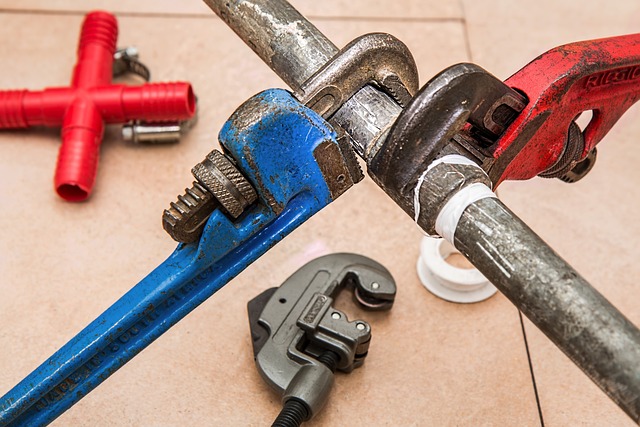
Pipe leaks can be frustrating and costly, but understanding their common causes and types is the first step in effective pipe repair. Leaks often arise due to material defects, corrosion, or poor installation practices. Metal pipes, for instance, may corrode over time, leading to weak spots that eventually give way, while plastic pipes can fail due to structural damage or changes in temperature.
There are various types of pipe leaks, each requiring tailored repair methods. The most common include burst pipes, caused by sudden expansions of water inside the pipe, typically due to extreme cold; cracked pipes, often a result of movement or pressure; and leaking joints, where connections between pipes or fittings become compromised. Identifying the specific type of leak is crucial for selecting the right repair approach, ensuring long-lasting solutions in pipe repair.
Assessing the Damage: Identifying Signs of a Leak
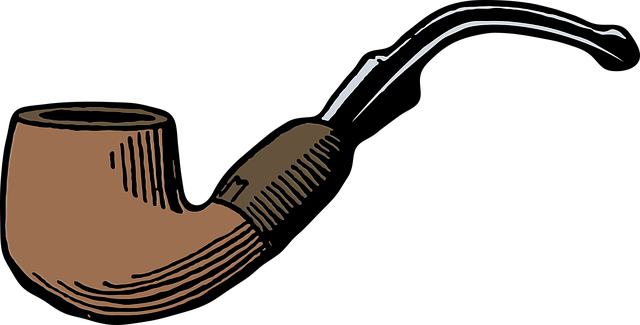
When it comes to pipe leak repair, the first step is to assess the damage caused by a potential leak. Identifying signs early on can prevent further complications and costly repairs. Leaks may go unnoticed for long periods due to their subtle nature, but some telltale signs include persistent dampness or mold in nearby areas, an unusual musty odour, or visible water stains on walls, ceilings, or floors.
Regular inspection is key to catching leaks early. Look for any signs of corrosion, cracks, or damage to pipes, especially in older homes. Pay attention to areas where pipes meet joints or fittings, as these are common leak points. If left unaddressed, even small leaks can lead to significant water damage and increased water bills, making prompt action on pipe repair crucial.
Temporary Fixes vs. Long-Term Solutions
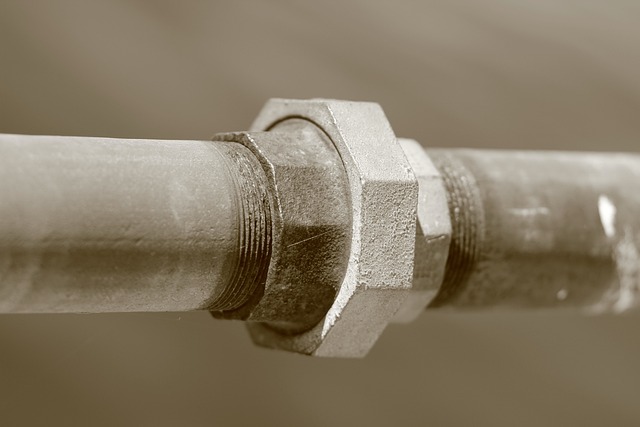
When dealing with a pipe leak, homeowners often face the dilemma between temporary fixes and long-term solutions for pipe repair. Temporary measures like using buckets or turning off the water supply can stem the flow immediately, but they’re just that—short-term band-aids. These tactics don’t address the underlying issue, which could lead to further damage or even larger leaks down the line.
Long-term solutions, on the other hand, involve identifying and fixing the root cause of the leak. This might include replacing faulty pipes, repairing joints, or installing water-saving fixtures. While these fixes may require more time and investment upfront, they offer lasting peace of mind. By choosing a long-term solution for pipe repair, homeowners can prevent costly damage to their properties and ensure efficient water usage.
Tools and Equipment for Effective Repairs
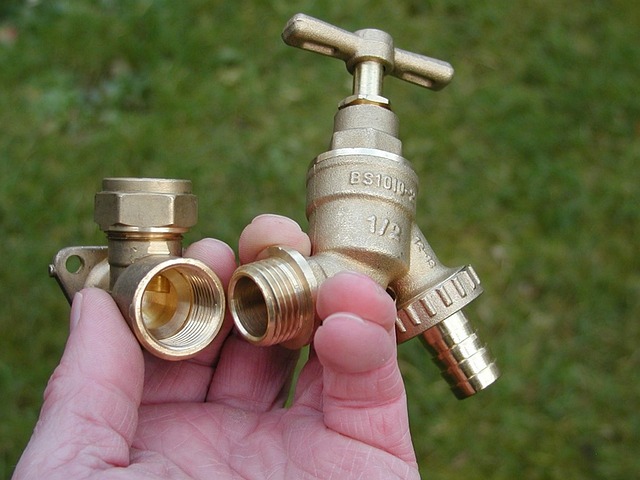
When it comes to pipe leak repair, having the right tools and equipment is essential for an effective fix. The first step in any pipe repair project is preparation, and this includes gathering all necessary materials and tools. For smaller leaks, a basic toolkit will suffice, including adjustable wrenches, pliers, tape, and a replacement pipe section. These tools enable you to tighten connections, remove damaged sections, and apply the right type of sealing tape or compound.
For more complex repairs or larger pipes, consider investing in specialized equipment like pipe cutters, reamers, and epoxy injection kits. Pipe cutters help in precisely sizing and cutting new pipe sections while reamers ensure smooth internal walls for a proper seal. Epoxy injection systems are ideal for repairing cracks and seams, providing a strong, long-lasting bond to prevent future leaks. Having these tools on hand allows for efficient navigation through the repair process, ensuring a successful outcome for any Pipe Repair task.
Step-by-Step Guide to Repairing Different Pipe Materials
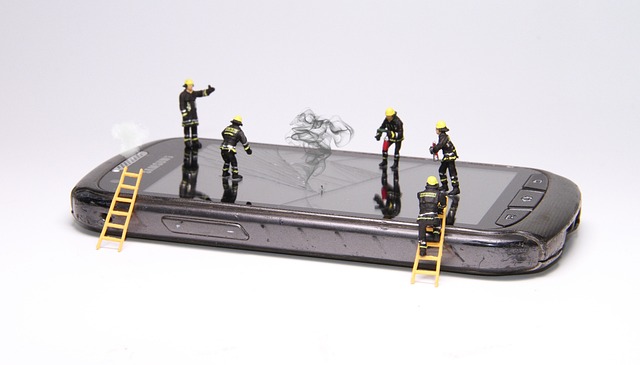
Repairing a pipe leak can seem daunting, but with the right approach, it’s a manageable task for any homeowner. Here’s a step-by-step guide tailored to different pipe materials commonly found in homes.
For Metal Pipes: Begin by isolating the water supply to prevent further leaks. Then, locate and mark the leaking area. Next, cut out the damaged section using a hacksaw or pipe cutter. Ensure the cut ends are clean and free of debris. Apply a thread tape or pipe compound to the new joint, and assemble the pipes using appropriate fittings. Tighten securely with a wrench.
For Plastic Pipes: Similar to metal pipes, start by shutting off the water source. Use a pipe repair kit designed for your specific plastic pipe type (PVC, PEX, etc.). Cut away damaged sections and clean the area. Follow the kit instructions for preparing new joints, typically involving cleaning and applying adhesive or heat shrink fittings. Reassemble and test for leaks.
Common Mistakes to Avoid During Repair

When tackling pipe leak repair, it’s crucial to steer clear of common pitfalls that can prolong the fix or lead to further damage. One significant mistake is attempting DIY repairs without proper knowledge and tools. Pipes often operate under high pressure, demanding specialized equipment and expertise to ensure a secure seal. Skimping on materials or using incompatible parts can result in weak spots that compromise the repair’s integrity.
Another blunder is ignoring the root cause of the leak. While stopping the water flow is essential, addressing the underlying issue—be it corroded joints, worn-out pipes, or faulty installations—is paramount for long-lasting repairs. Neglecting this step can lead to recurring leaks and unnecessary expenses in the future. Always inspect thoroughly and make informed decisions to avoid these costly mistakes during pipe repair.
When to Call in Professional Plumbers
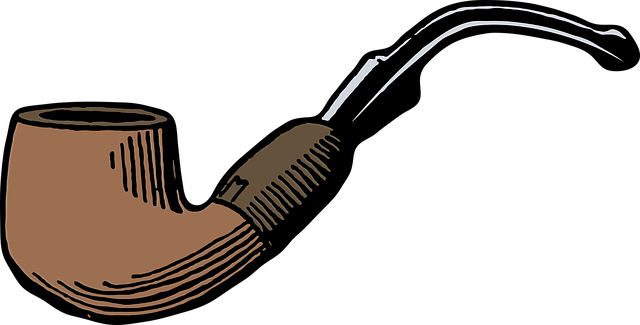
If you’ve noticed small drips or consistent leaks in your pipes, it might seem like a minor inconvenience at first. However, timely action is crucial when it comes to pipe repair. Delays can lead to more severe damage and potentially costly water damage to your home.
Calling in professional plumbers is often recommended for several reasons. They possess the expertise and tools needed to identify the root cause of the leak effectively. Professional plumbers can also access hard-to-reach areas, ensuring every pipe is thoroughly checked. Moreover, they have the knowledge to recommend and implement the most suitable long-term solutions for pipe repair, preventing future leaks.
Preventive Measures: Maintenance Tips for Pipe Integrity
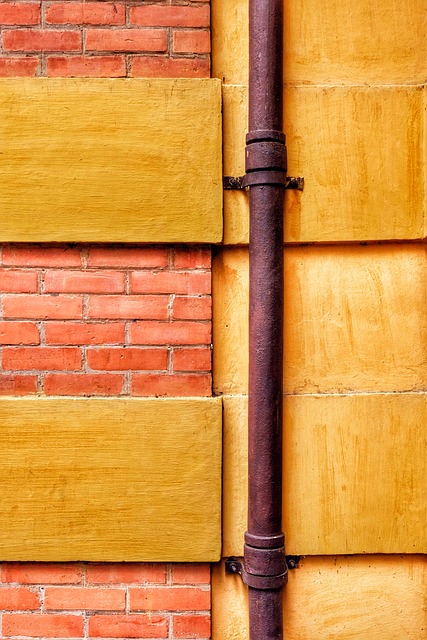
Regular maintenance is key to preserving pipe integrity and preventing costly repairs. Start by scheduling routine inspections, especially in areas prone to corrosion or damage, such as joints, valves, and pipes exposed to extreme temperatures. Ensuring proper ventilation in plumbing systems can also help prevent moisture buildup, which leads to rust and eventual leaks.
Implementing preventive measures like using high-quality materials during installation, sealing joints effectively, and maintaining appropriate water pressure will significantly reduce the risk of pipe leaks. Regular cleaning and descaling of pipes can remove buildup that restricts water flow and causes stress on pipes, further enhancing their longevity.
